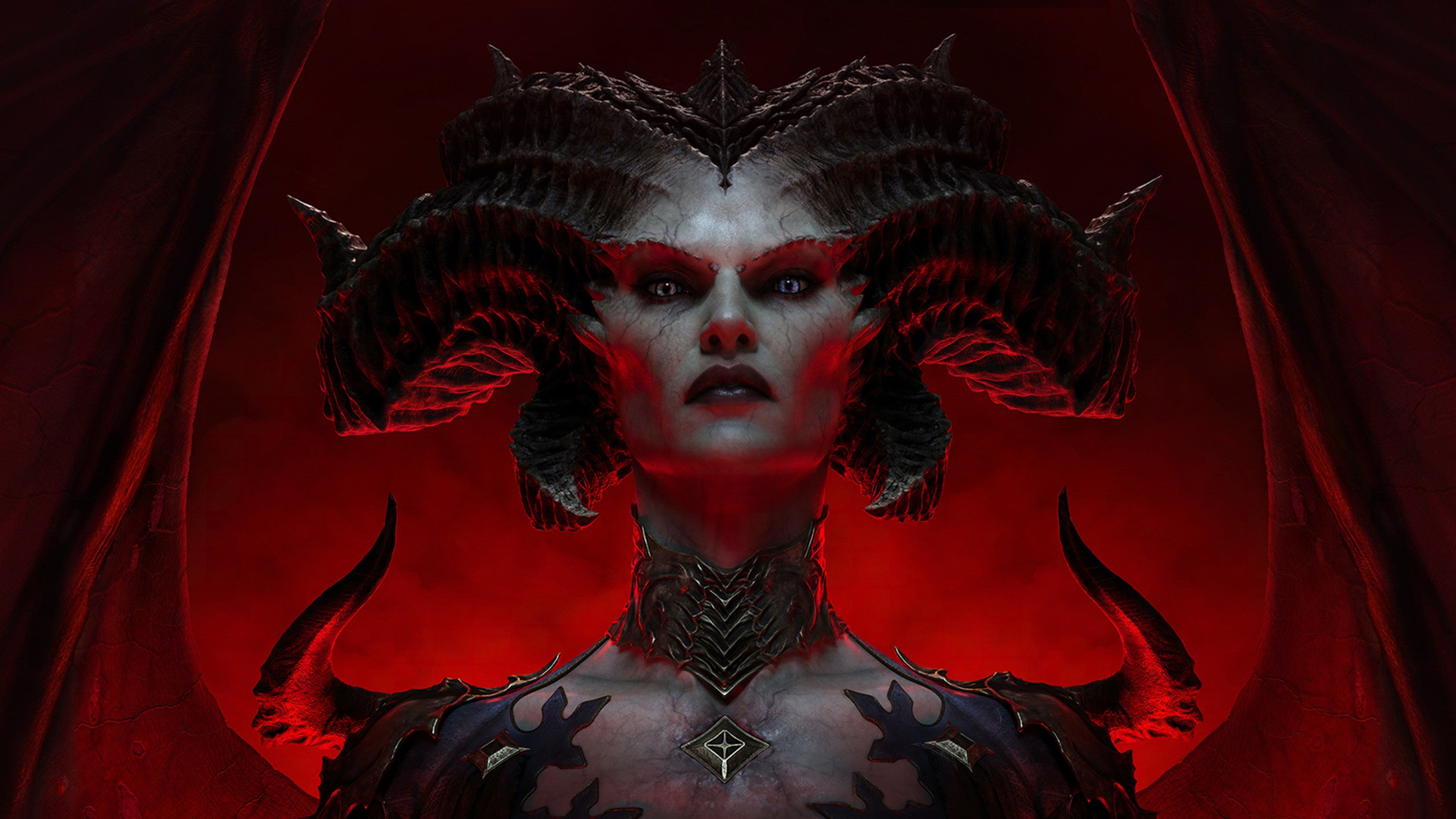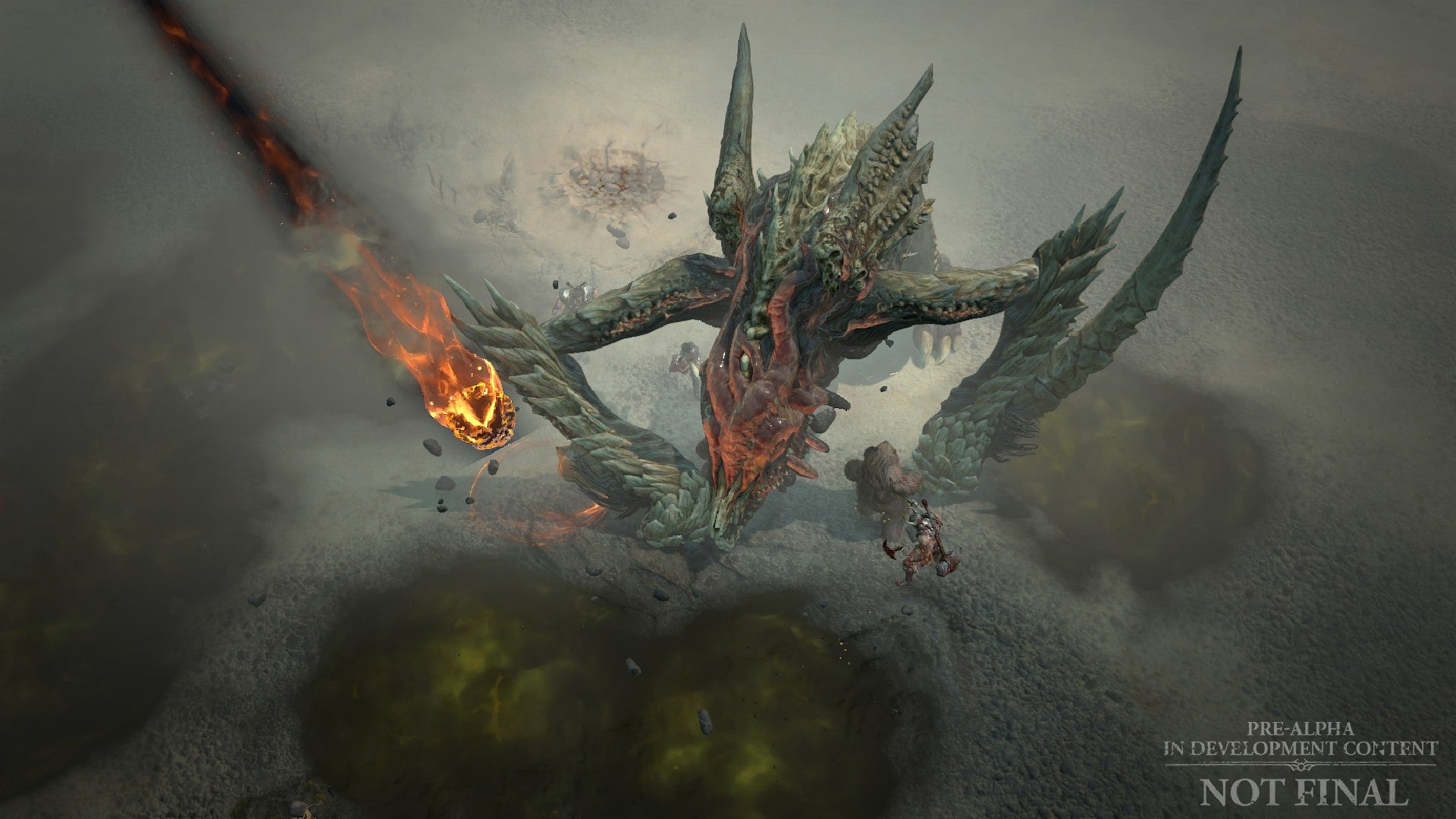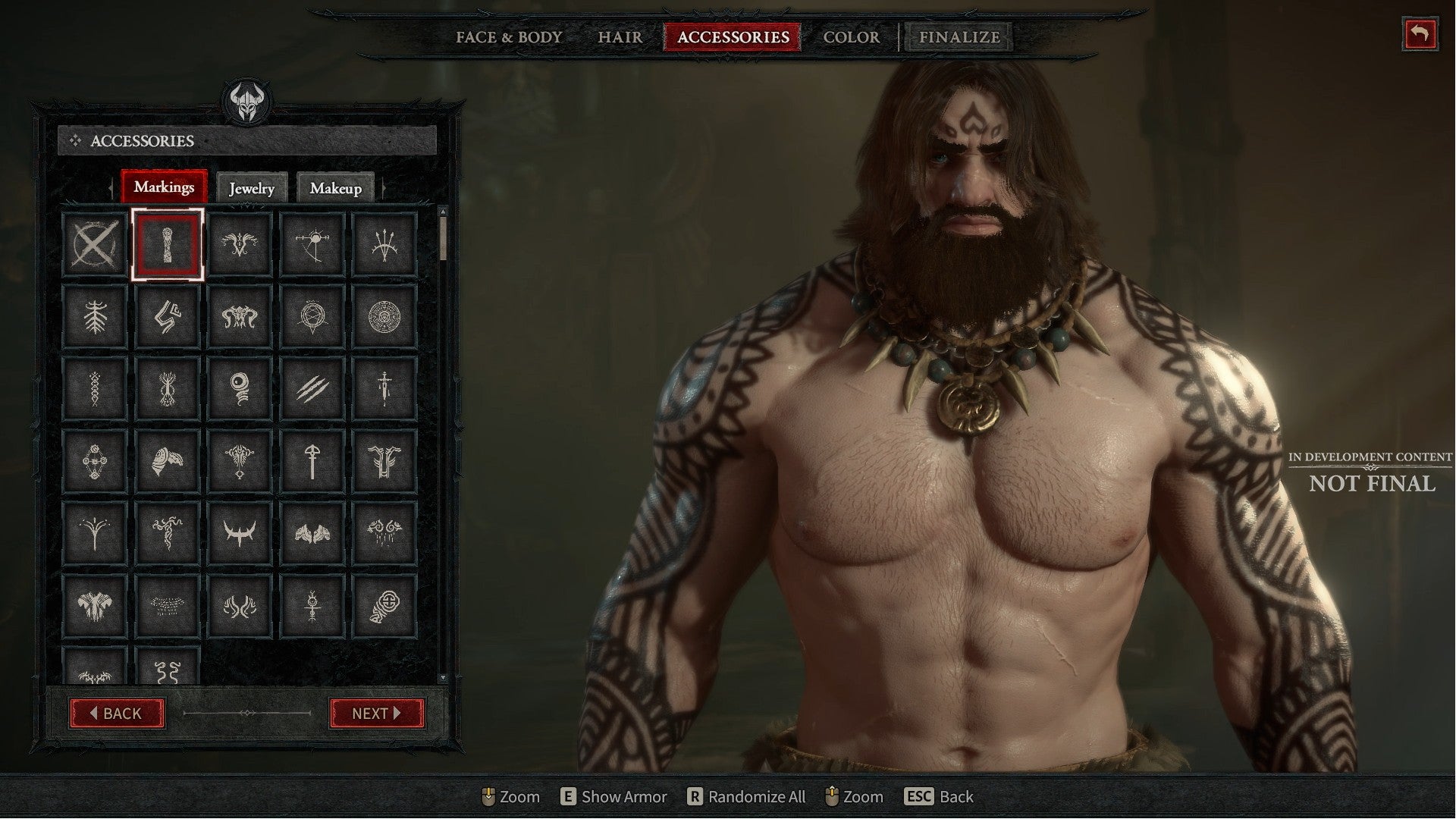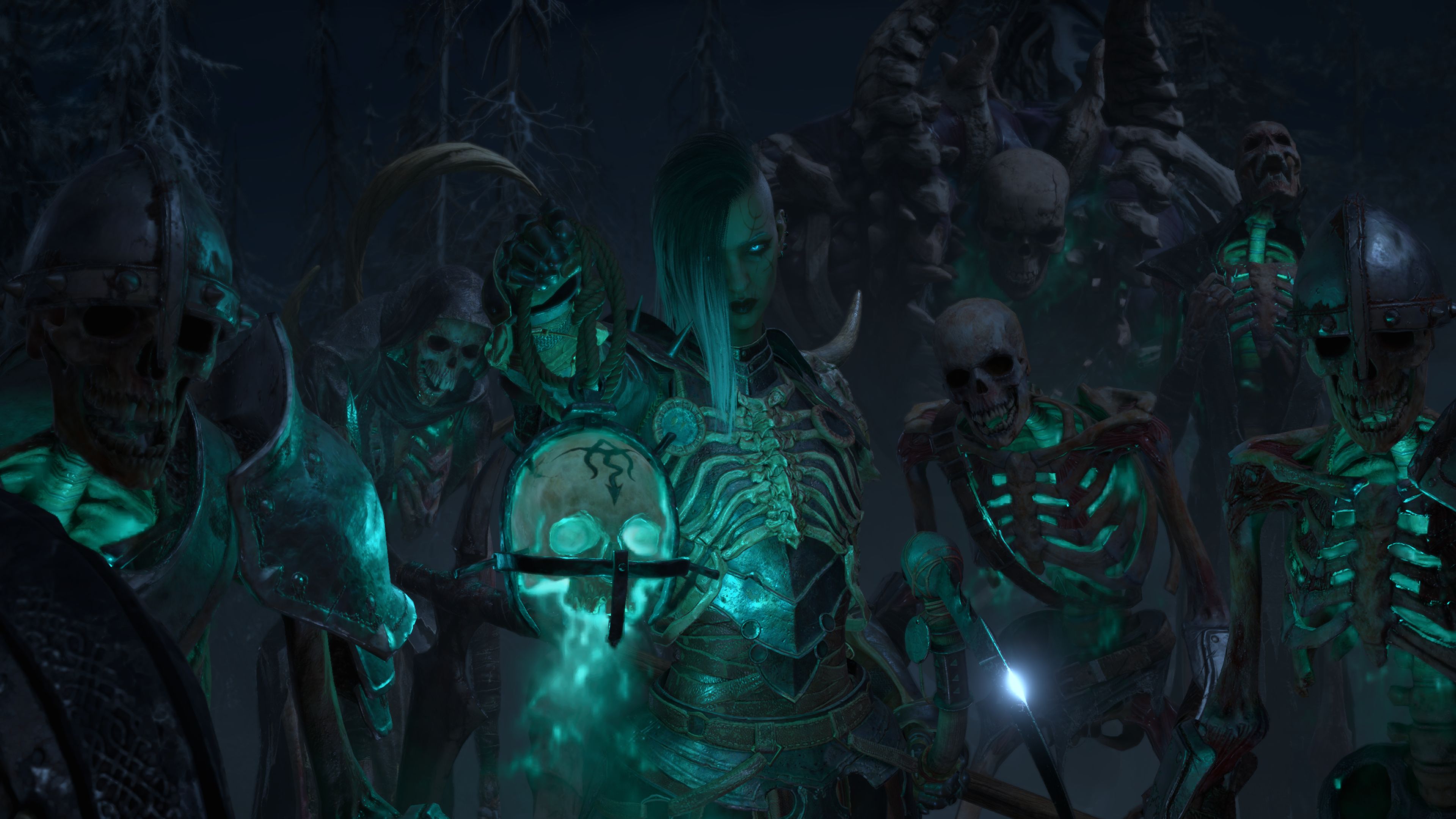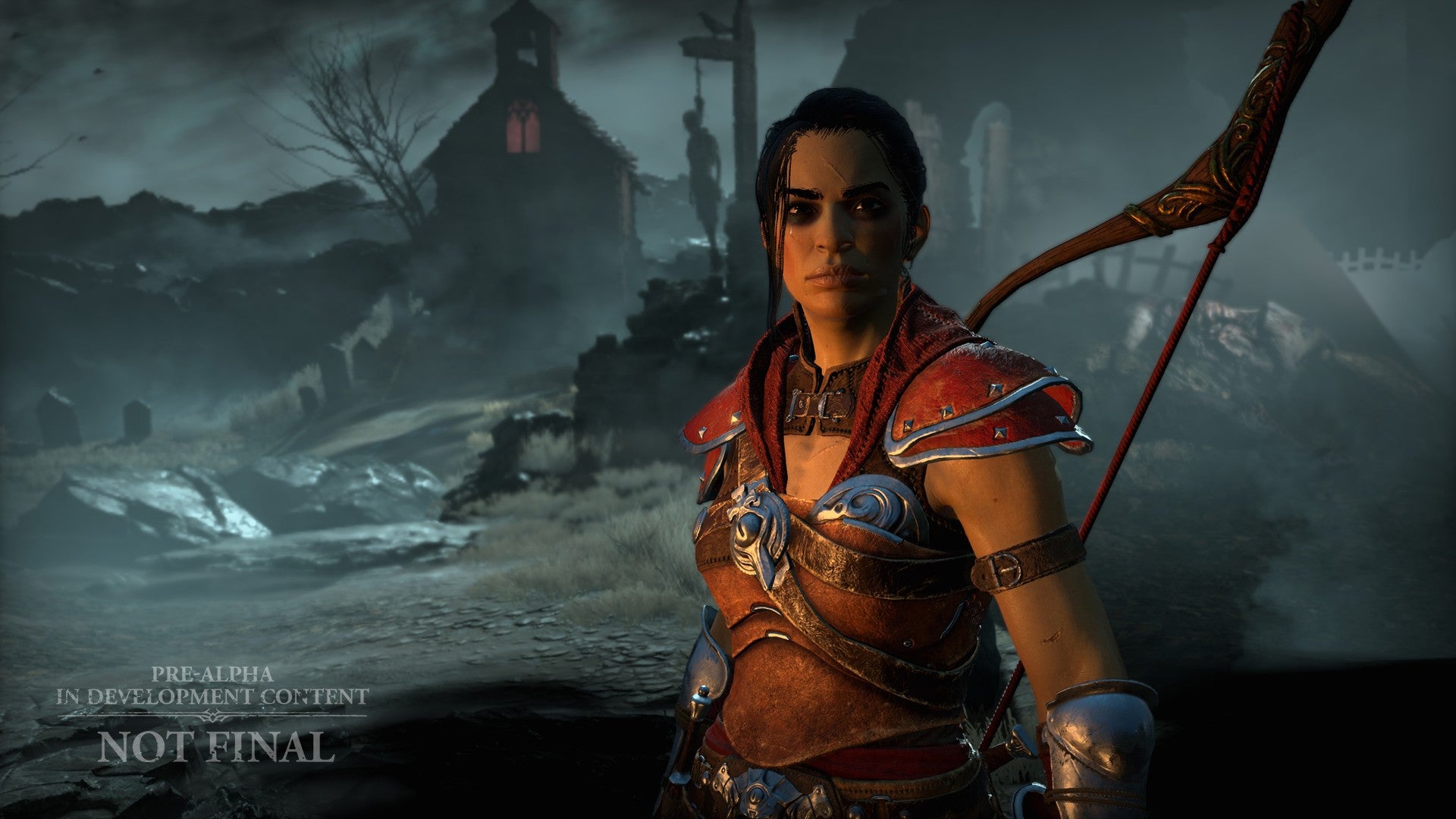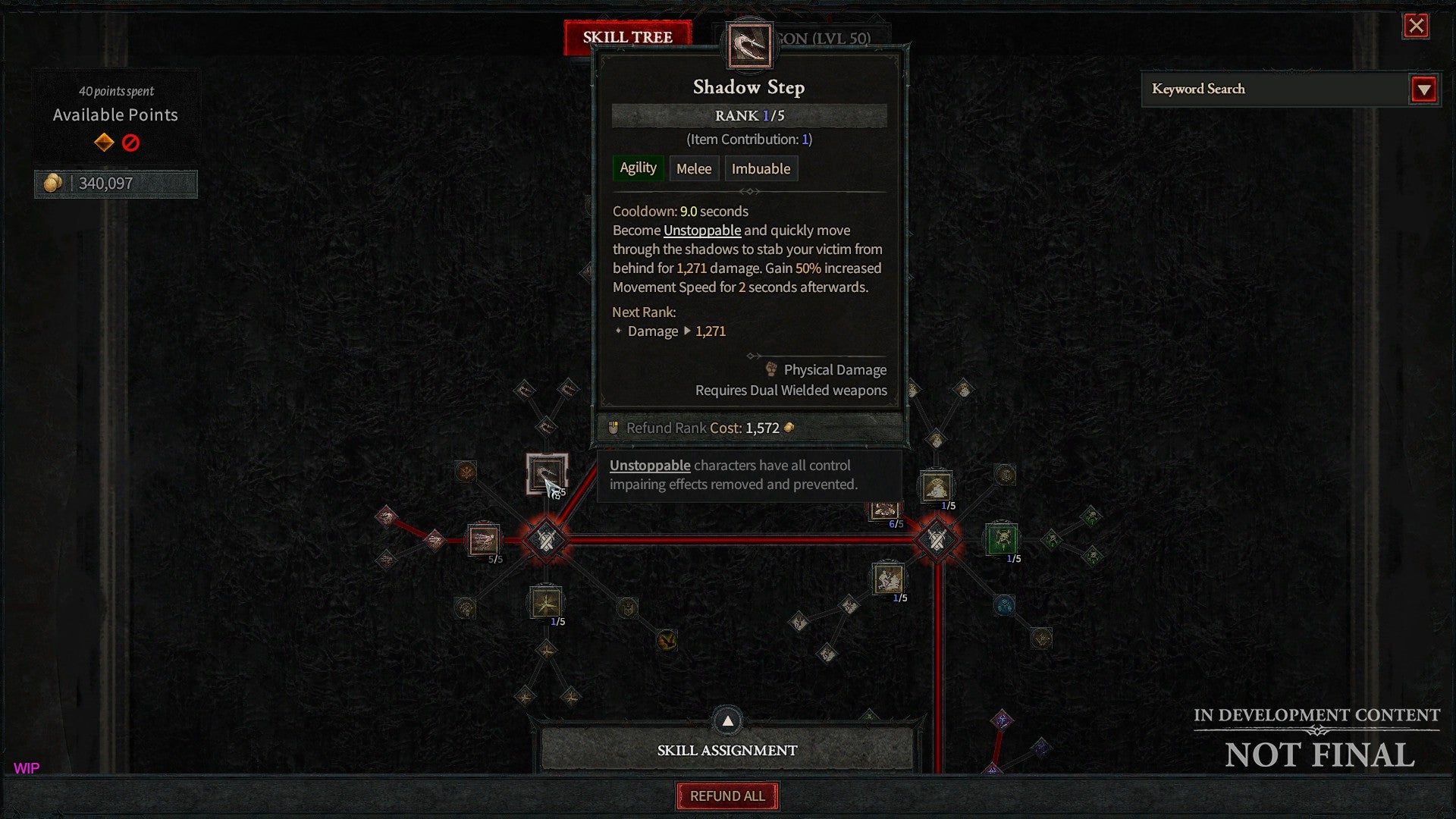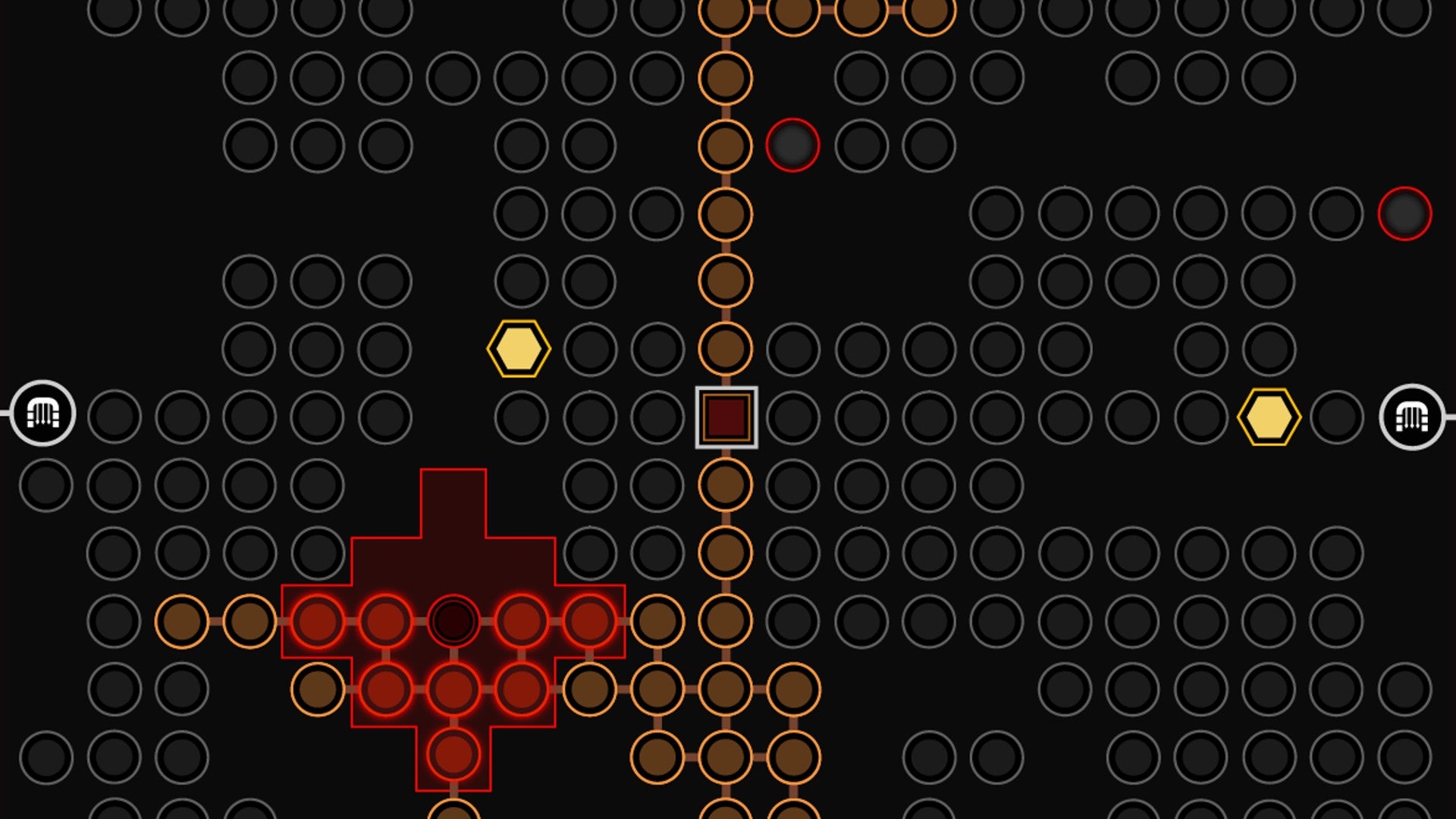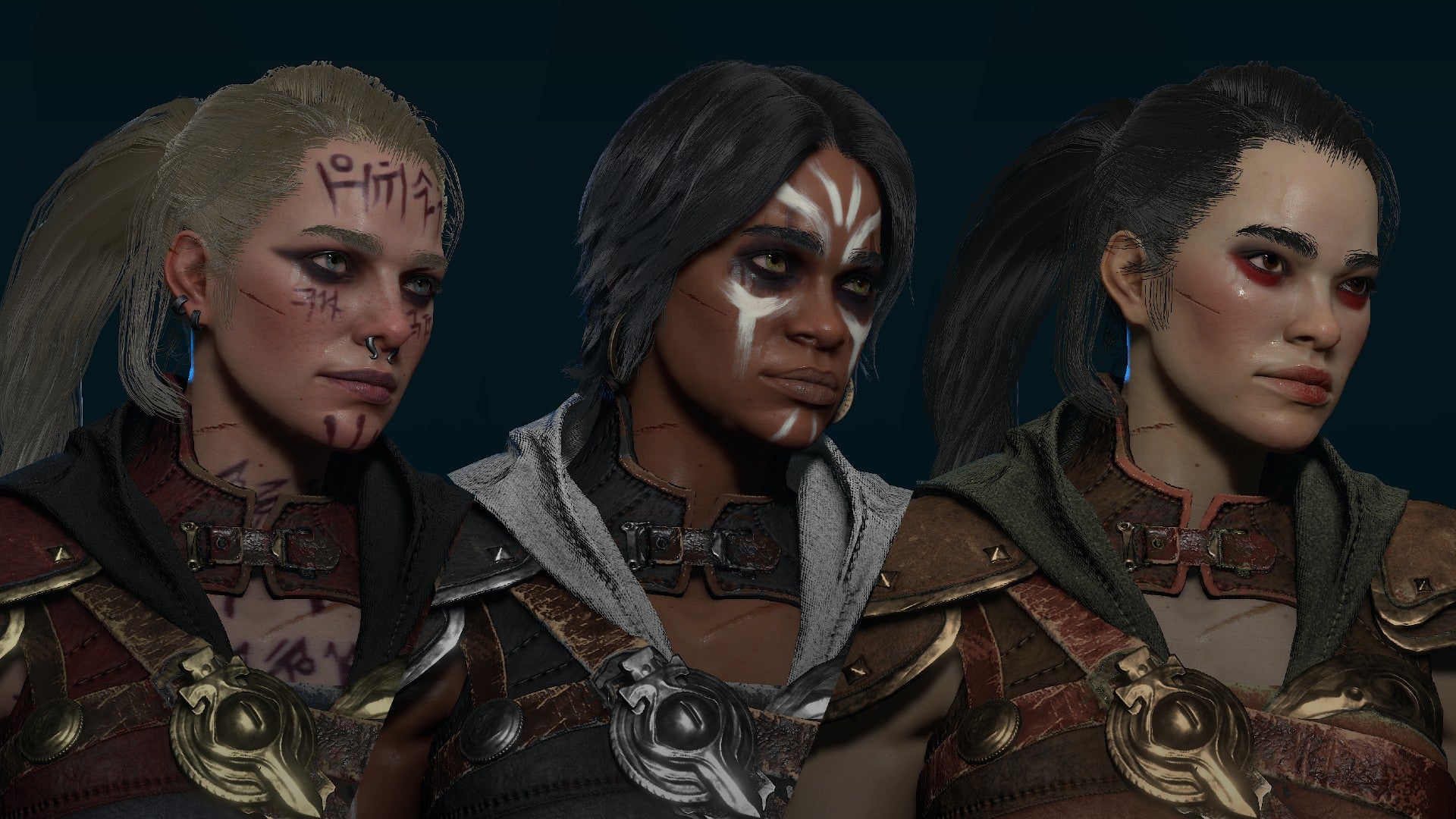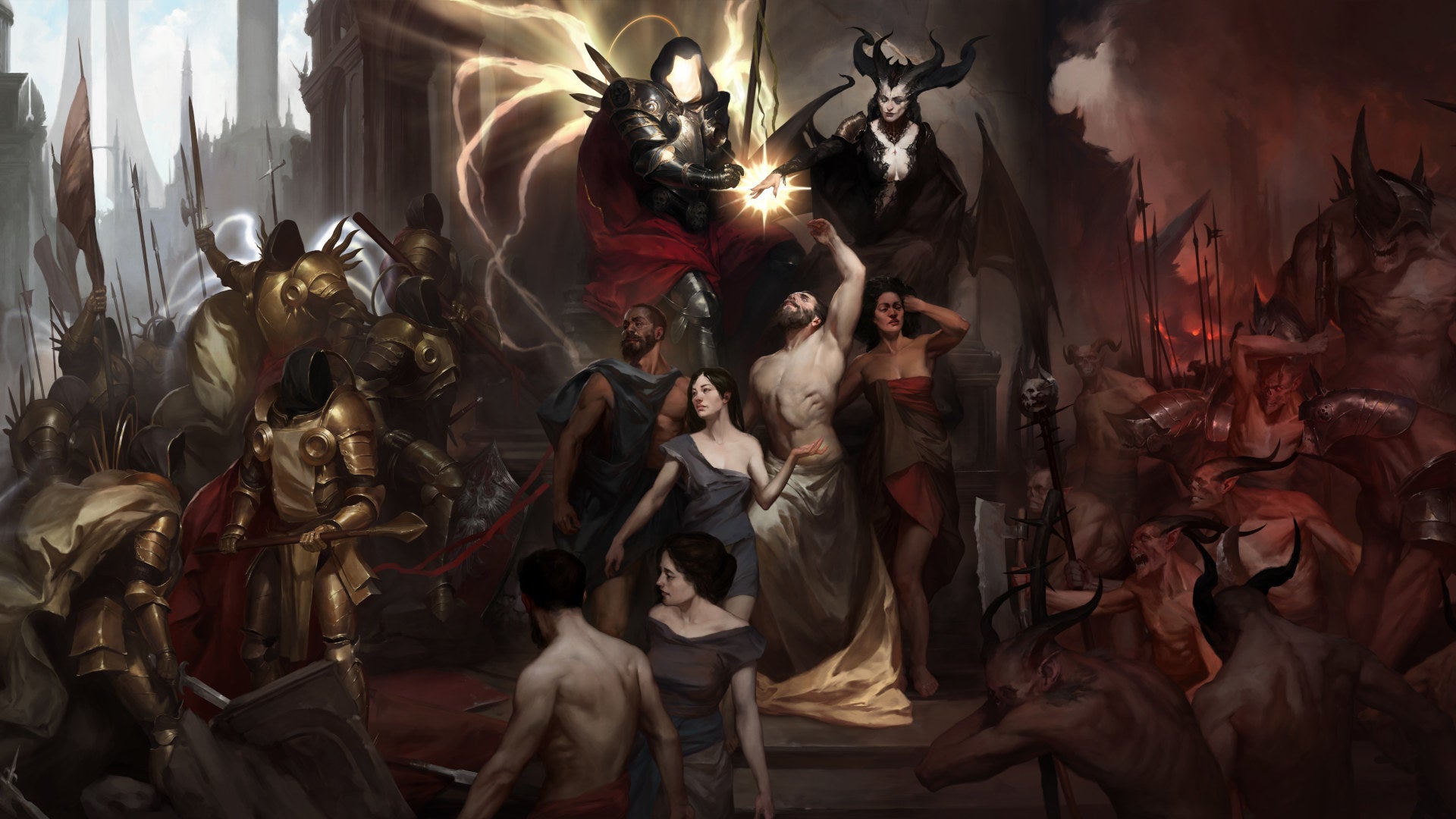Below, you’ll find everything we know about Diablo 4, including the release date, trailer, beta info, gameplay details, a breakdown of the currently-known classes, skills, and paragon system, and more! It’s a lot to cover, but you can use the list below to jump to the sections that interest you most. On this page:
Diablo 4 release date and platforms Diablo 4 trailer What do we know about the Diablo 4 beta? Diablo 4 gameplay Diablo 4 classes Diablo 4 skills system Diablo 4 Paragon system Diablo 4 character customisation Diablo 4 story and setting Will Diablo 4 have multiplayer? Will Diablo 4 have microtransactions?
Diablo 4 release date
Diablo 4 releases on June 6, 2023. Since that’s a Tuesday, you can expect plenty of guides from us over launch week, priming you for a weekend of efficient demon-slaying and loot-grabbing. If you’re eager to get your hands on this highly-anticipated RPG, you’re in luck. Those who preorder the digital deluxe or ultimate edition of Diablo 4 will receive 4 days Early Access, meaning they can start playing on June 2, 2023. Diablo 4 is set to release on PC, PS4, Xbox One, PS5, and Xbox Series consoles, so you won’t need the latest hardware to play.
Diablo 4 trailer
The latest Diablo 4 trailer, found below, depicts a bloody battle between Inarius, Archangel of The High Heavens, and Lilith, Daughter of Hatred, in Hell. It’s a gory slaughter filled with the deaths of countless demons, and it ends with the reveal of the June 6, 2023 release date mentioned above. For more footage, check out the announcement trailer from Blizzcon 2019 below, followed by the first gameplay reveal that debuted at the same event. If you’re after more, head over to the Diablo YouTube channel, where you can find regular updates from the development team over the past few years.
What do we know about the Diablo 4 beta?
Preodering any edition of Diablo 4 will grant access to a beta, but very little is known about what this will entail. When navigating the preorder screen, there is a note that says the beta will run for a minimum of two days, but there’s no indication of when it will start. When we learn more, we’ll update this page to let you know. It’s worth noting that the upcoming beta is not the first, as various members of the press, content creators, and fans have already gone hands-on with early versions of the game. While we haven’t had access just yet, you’re sure to find plenty of early impressions with a quick look on the web.
Diablo 4 gameplay
While the beta dates are unknown, those itching to see Diablo 4 in action need look no further. There’s a wealth of gameplay footage online, with the latest official showcase showing character creation, the open-world, co-op events, and the endgame experience. First, a breakdown for those new to the franchise. Diablo 4 is an ARPG in which you kill demons to get loot. As you progress, you’ll upgrade your gear and abilities to unlock powerful new weapons, spells, and armor that make you stronger. For the unitiated, getting loot in the Diablo franchise often involves farming bosses for rare drops. That’s a brief overview of what Diablo is at its core, but Diablo 4 offers plenty of changes to the formula that should get franchise veterans excited. Diablo 4 features a vast open world through which you can take your own path. The open world is full of activities that you’d expect from the franchise, such as dungeons to explore and bosses to kill, but it doesn’t force you to follow one route. You’re free to roam around, completing side quests and gearing up for whenever you decide to take on the story, which is a more linear series of missions. This is different from Diablo 3, which had a linear series of zones that you’d progress through alongside the story. One of the new activities that you’ll take on while exploring is Strongholds. These are areas that you can clear of enemies, after which they will become save havens of Sanctuary. They might become new towns with NPCs and vendors, and might even open new dungeons for exploration. These Strongholds aren’t necessarily tied to quests or specific objectives. Rather, they’re exciting places to find and fight through as you explore the map. In a similar vein, Diablo 4 also has plenty of world events that will occur as you explore. These might be small quests that task you with killing a few enemies, or huge world bosses that you’ll need allies to defeat. This isn’t particularly new for the franchise - Diablo 3 had occasional events that would trigger while travelling to and from dungeons - but it’s another example of how Diablo 4’s open world should feel full of baddies to bash. It all comes down to that simple premise: wherever you go, there should be something to kill, and possibly loot to be found.
Diablo 4 classes
Here are the five classes that we currently know about in Diablo 4: The Barbarian is all about Strength, using their physical might to deal huge damage to their enemies. They can carry multiple weapons in their arsenal, swapping between them during combat to quickly adjust to the situation. This allows the Barbarian to be flexible with damage types, and makes them excellent damage-dealers to have on the front-line when fighting a boss. The Barbarian uses Fury to unleash special attacks, including the infamous Whirlwind that made them so popular in previous games. Those eager to rip-and-tear in the middle of a demon horde should feel right at home. The Druid can shapeshift between three forms: Human, Werebear, and Werewolf. Each form allows you to unleash different abilities or succeed in different roles. For example, the Werewolf is more agile, while the Werebear makes an excellent tank. It’s worth noting that Druids cannot use a skill specifically to change between forms. Instead, you will cycle through them as you use attacks and abilities, with your character automatically switching to whichever is required. Druids also have access to other natural spells, such as earth and storm magic. Earth magic allows Druids to activate Crushing Blow, a skill that will reduce an enemy’s remaining HP by a percentage of their total health. Storm magic is better for dealing with groups, giving you various AoE effects that you can unleash on the battlefield. The Necromancer is traditionally a summoner, capable of culvitating an undead army to do their bidding. However, this is just one of their four playstyles in Diablo 4, known as Army. The others are the DPS-focused Bone, curse-based Darkness, and healing-oriented Blood skills. These four skill paths can combine and will have clear synergies, but they represent the vast build potential available to Necromancers. Necromancers also have access to the unique Book of the Dead, which allows you to customise your minions to suit a more defensive or aggressive playstyle. For example, you can opt for Skirmisher skeletons to deal increased damage, or Defenders with extra life. With various tweaks and options for your minions, you should find it easy to adapt to roles that aren’t typical of the Necromancer. The Rogue is a highly versatile DPS class, offering both long-range and melee options. They’re not only versatile in range, though, as Rogues can also imbue their weapons with different damage types, such as Cold, Poison, or Shadow. This makes them excellent at adapting to the weaknesses of different enemies. The Exploit Weakness specialisation takes this even further, raising your critical hit chance during combat to clear enemy groups at immense speed. They’re also very swift, able to dart in and out of combat for quick assaults, or reposition easily when in danger. The Sorcerer is the classic glass-cannon mage, with powerful elemental magic that you can wield if you manage to survive the enemy hordes. They have access to Fire, Cold, and Lightning magic, each of which have their own unique effects. For example, some Lightning spells will leave behind orbs of Crackling Energy, which you can pick up to replenish some Mana, while Chill spells stack slowdown on enemies until they eventually freeze. Fire spells are much simpler DPS attacks, burning enemies to provide damage over time. The Sorcerer also has a unique Enchantment system, which allows them to place active skills in extra Enchantment slots on their hotbar. Skills placed in Enchantment slots change to become passive effects, but this system allows the Sorcerer to have more available abilities than other classes.
Diablo 4 skills system
Classes are clearly defined by their skill trees, which are full of different active and passive abilities that you can use to destroy your enemies. In the image above, you can see what the Diablo 4 skill system looks like, with various interconnected nodes that branch off from each other. The approach towards the skill system in Diablo 4 seems to be a blend between offering deep, customisable character builds, while making it approachable and simple for new players. This involves offering choices incrementally as you level up, and having a cheap respec option early to encourage experimentation during the lower levels. You can respec individual skill points for a low sum of gold, making it easy to tweak builds until they feel right for you when starting out. That cost then increases as you level up, making those earlier choices matter. The Diablo 4 skill system also aims to make theorycrafting easier with a search function. You can use it to easily find abilities based on a certain effect. For example, those looking for fire or poison skills can simply search the keyword in the search bar on the skills page. It will then highlight any related skills, which you can then activate to quickly create your ideal build.
Diablo 4 Paragon system
Paragon levelling is an endgame system that allows you to gain more passive skills and bonuses in the Diablo series. In Diablo 4, the Paragon system shares a similar focus with the skills system: customisation without complexity. You unlock the Paragon system at level 50. This system introduces you to Paragon boards, which are clusters of connected skill nodes as can be partially seen in the image above. You start in the central tile and work your way out as you earn experience, unlocking more boosts from Normal, Magic, Rare, and Legendary tiles. Normal tiles are the most common, offering incremental stat boosts that will stack for increased effect as you progress further. Magic tiles are less common nodes that offer greater boosts, with Rare tiles granting even stronger effects. Your path through a Paragon board will likely be determined by the Magic and Rare nodes that you choose to pursue. At the edges of Paragon boards, you’ll find Gate tiles that you can use to gain a new board. Each subsequent board you earn offers a bunch of new nodes to acquire with your Paragon points, and they also have a Legendary tile at the centre. Legendary tiles are incredibly strong, offering effects such as 30% increased damage when your Fury is above 50% for the Barbarian.
Diablo 4 character customisation
Diablo 4 doesn’t just drop you in with a generic character. It has extensive character customisation options, so that you can make the perfect person with which to slay copious amounts of demon scum. This goes far beyond previous games in the Diablo franchise, so we thought it was important to note here. In Diablo 4, you can change your body type, skin tone, hairstyle, tattoos, makeup, jewellery, and hair and eye colour. It’s not Sims-level deep, but it does allow you to create some truly unique characters - far more than the presets given in Diablo 3. It seems that this new character creation system is another way to get you invested in your character, which seems to be a design goal throughout Diablo 4.
Diablo 4 story and setting
Diablo 4 takes place in Sanctuary, the main world of the Diablo franchise. It begins a few decades after the end of Diablo 3’s Reaper of Souls expansion, in which Malthael, former Archangel of Wisdom, tried to wipe out humanity. Malthael didn’t succeed, but their death did lead to the essence of seven Great Evils being unleashed. Years have passed since, and the story picks up following the return of Lilith, Daughter of Mephisto and Mother of Sanctuary. Lilith’s goal, and if it ties into the Great Evils from Reaper of Souls, remains unknown. Fortunately, that’s where you’ll come in. We expect the protagonist will start by following Lilith’s path of destruction, learning more about her plans as we build up to a fight against the legendary Queen of the Succubi herself.
Will Diablo 4 have multiplayer?
Yes, Diablo 4 will have multiplayer. It will also be fully cross-platform, allowing players to vanquish demons as a troupe across PC, PlayStation, and Xbox consoles. This includes both previous gen and current gen systems. Diablo 4 also offers cross-progression tied to your Battle.Net account, allowing you to play across your various devices with the same character.
Will Diablo 4 have microtransactions?
Diablo 4 will have microtransactions, but they will not equate to the paid boosts found in Diablo Immortal. Instead, the only purchases available in Diablo 4 will be for the battle pass and cosmetics. If you want a reminder of why this is relevant, make sure to check out Rebecca’s piece on how much it costs to play Diablo Immortal. In a blog post covering microtransactions, Blizzard confirmed that the battle pass is split into a free and premium section. The free reward track will include gameplay boosts, incentivizing all players to progress if they want to be in the best possible position for the current season, while the premium track lets you earn premium currency and cosmetics. Expanding further on cosmetics, they state that the “best-looking cosmetics aren’t exclusive to the shop”. The image above is meant to provide evidence for this statement, with the left gear set available as a loot drop, while the set on the right is in the shop. Of course, which you prefer is subjective, and we’ll have to wait until launch to see whether cosmetics found in the shop do outshine those found through simply playing Diablo 4. That wraps up everything we currently know about Diablo 4. Look forward to plenty more from us as the Diablo 4 release date, set for June 6th 2023, approaches. Activision Blizzard are currently the subject of a number of legal actions, labour disputes and allegations of workplace harassment. Rock Paper Shotgun will continue to write about these issues, as well as covering Activision Blizzard games as part of our commitment to cover subjects of interest to our readers. The latest news can always be found under our Activision Blizzard tag.
